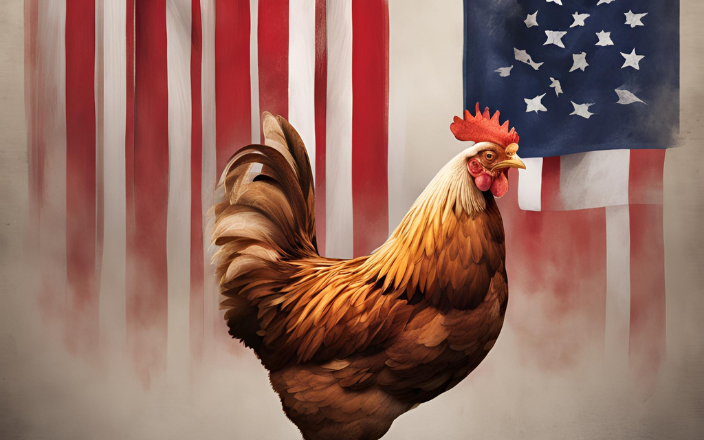In a significant move to protect public health and the agricultural sector, the United States Department of Health and Human Services (HHS) has allocated $306 million to combat Avian Influenza. This decision comes in response to the first severe human case of the virus confirmed in Louisiana in December 2024.
Addressing the threat
Avian Influenza, commonly known as bird flu, poses a serious threat to both human and animal health. The virus has been spreading among agricultural workers and livestock, prompting the U.S. government to take unprecedented preventive measures. Since April 2024, the Centers for Disease Control and Prevention (CDC) have identified 61 human cases, primarily among individuals exposed to infected animals.
Funding allocation
The $306 million budget will be distributed across various programs and agencies to ensure a comprehensive response. The HHS has earmarked $183 million for regional, state, and local programs to enhance hospital preparedness and pathogen response capabilities. Additionally, the CDC will receive $111 million to monitor the disease, manufacture, store, and distribute additional diagnostic kits. The National Institutes of Health (NIH) will also benefit from this allocation, receiving $11 million to research potential treatments.
Coordinated efforts
The HHS, in collaboration with the U.S. Department of Agriculture (USDA), is coordinating efforts with local, state, and federal authorities, as well as the agricultural industry. This collaboration aims to implement strategies that protect both human and animal health, ensuring the quality and safety of essential food products.
Public health implications
The confirmation of the first severe human case in Louisiana has heightened concerns about the potential for wider transmission. The infected individual had been in contact with infected birds on a backyard farm. While the overall risk to the general population remains low, authorities are intensifying efforts to prevent further spread of the virus.
Impact on the agricultural sector
The agricultural sector is particularly vulnerable to the effects of Avian Influenza. Outbreaks can lead to significant economic losses due to the culling of infected birds and the implementation of quarantine measures. The USDA is working closely with farmers and poultry producers to implement biosecurity measures that minimize the risk of infection. These measures include enhanced surveillance, vaccination programs, and the development of rapid response protocols.
Conclusion
The U.S. government’s allocation of $306 million to combat Avian Influenza underscores the seriousness of the threat and the commitment to safeguarding public health. By enhancing monitoring, response capabilities, and research, the U.S. aims to mitigate the risks associated with this virus and protect both the population and the agricultural sector.
Sources: Available upon request.

